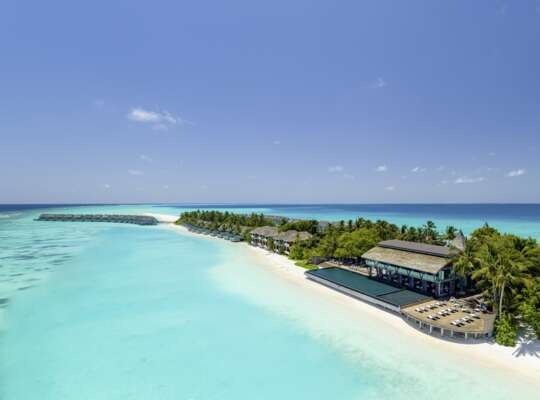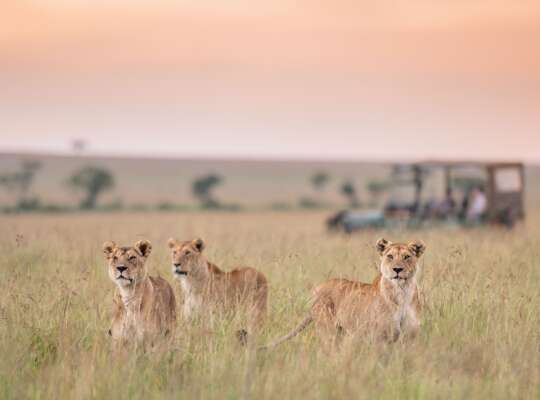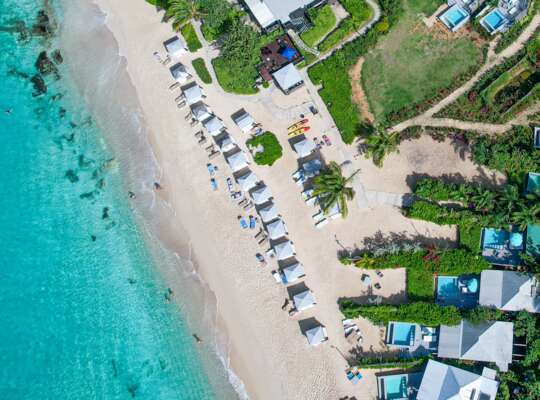The Peruvian Inti Raymi ceremony is a 9-day celebration that worships the sun, it’s the largest festival on the South American continent.
What is Inti Raymi?
For over 500 years, Inti Raymi has been the most important date in Cuzco’s events calendar. It’s a religious celebration of the Incan Sun King, Inti and Pachmama, Mother Earth. The Incan civilisation feared the damaging effects of the sun during winter, which led them to honour the sun to ensure a healthy harvest. The Festival of the Sun, as it’s otherwise known, also celebrates the Incan New Year and winter solstice, when the sun is the farthest from this side of the Earth and culminates in the shortest day of the year.
What happens during the ceremony?
On June 24th, actors are specifically selected, as a high honour, to perform the rituals of Inti Raymi and gather at Santo Domingo Church at Qurikancha to begin the day-long ceremony. Actors play the roles of Sapa Inca (the Sun King) and his wife, Mama Ocllo most importantly. The Sun King delivers a speech praising the sun before being carried by pallbearers with woven aya huma masks in a golden chariot to the ruinous temple of Sacsayhuamán. A procession follows the chariot, with actors playing the roles of Incan nobles, priests and town folk. Local women layer the path with exotic flowers and sweep the route to keep it free of evil spirits.
Once the procession reaches Sacsayhuamán, Sapa Inca addresses the pallbearers, one dressed as a Snake to represent the underworld, one dressed as a Puma to represent Earthly life and another dressed as a Condor representing the heavens. It’s then that a faux sacrifice of a Llama takes place and the faux heart is held up to Pachmama (Mother Earth) to ensure the fertility of the next crop harvest – no animals are harmed in this ceremony. The future of the next crop season is then read in the faux blood by the Sun King.
As the sun sets, a bonfire is lit and the final part of the ceremony concludes with the procession returning to Cuzco with the Sun King and his wife carried back upon their chariot.
So those are the basics, now what don’t I know?
1. Sacsayhuamán is a largely-ruined stone temple that’s shrouded in mystery – local guides say it could be an Incan fortress but nobody is quite sure.
2. The chariot that the ancient Sun King used to ride to Sacsayhuamán weighed an incredible 60kg in solid gold.
3. The ceremonial speeches given at Sacsayhuamán are spoken in Quechua, an ancient Incan language. Inti Raymi is Quechua for “sun festival. Quechua, as a language, is one of three official languages in Peru. It is still spoken by around 8 million people in Argentina, Chile, Colombia, Ecuador, Bolivia and Peru – the countries that reached the Incan empire.
4. The first Inti Raymi ceremony was held in 1412, the event was then suppressed in the 16th century by Spanish conquistadors; as it was seen as a pagan ceremony, the opposite to their Catholic faith. However, it began once again in 1944 based on the writings of Garcilaso de la Vega, a 16th-century poet, after reducing to an underground phenomenon.
5. The Festival of the Sun has come under criticism recently among older audiences for being too ‘staged’ but younger audiences, including local students, use it as an important time to celebrate Peruvian music, perform authentic folk dances and commemorate its history with street entertainment – this begins a week prior to the ceremony itself.
6. The Incans classed themselves as “Sun Masters” building their fortresses high into the sky as a means of getting ever closer to the sun. Their fortresses were seen as their tribute to the sun and the power that it holds – Qurikancha is an example of this.
Where can I watch Inti Raymi in Peru?
At Qurikancha
Although you’ll find no official seating here, there’s plenty of standing room. The festival itself takes place in the gardens just outside of the temple. You’ll find it along Cuzco’s Avenida El Sol – just remember to arrive early for the best views.
In Plaza de Armas
Cordoned off for the festivities, you’ll still find space around the colonial arcades to view the ceremony. Just be prepared to stand in crowds that are 4 or 5 people deep. We’d advise arriving to a pre-booked table at a local cafe or restaurant, enjoying a drink on the second floor balcony and watching from there.
At Sacsayhuamán
There are two options for watching the ceremony here; on grandstand seating which are sold on a first come first served basis. It’s always best to try and book this through a local guide well in advance. Or you can join local Peruvians at roughly 8am and watch from two of the local parks that overlook the site – be prepared for crowds and take everything you will need for the day (food, water and sun protection).
Essential information
Location: Sacsayhuamán, Cuzco, Peru
Date: June 24th annually
Essentials: We suggest booking well in advance to get a seat for the ceremony and your accommodation in Cuzco; although there’s a lot to be said for standing with the locals and soaking in the atmosphere. It’s also worth getting a local guide to go with you to explain each part of the festival and what it represents. Most importantly, be respectful of the ceremony itself, there are many centuries of tradition that are steeped behind these rituals.
Local attractions: We’d suggesting making the most of your stay in Cuzco and hitting the Inca trail to the ancient city of Machu Picchu – be prepared it’s quite the trek but don’t let it put you off, the views once you reach the archaeological site are worth it. Failing that, you could always look at the relics left behind in the cobbled streets of Cuzco itself.




_w=24_h=25.webp?v=a392d311dd743e3625a1f57ba6fc3b967468f36c)
_w=24_h=25.webp?v=a392d311dd743e3625a1f57ba6fc3b967468f36c)
_w=24_h=25.webp?v=a392d311dd743e3625a1f57ba6fc3b967468f36c)